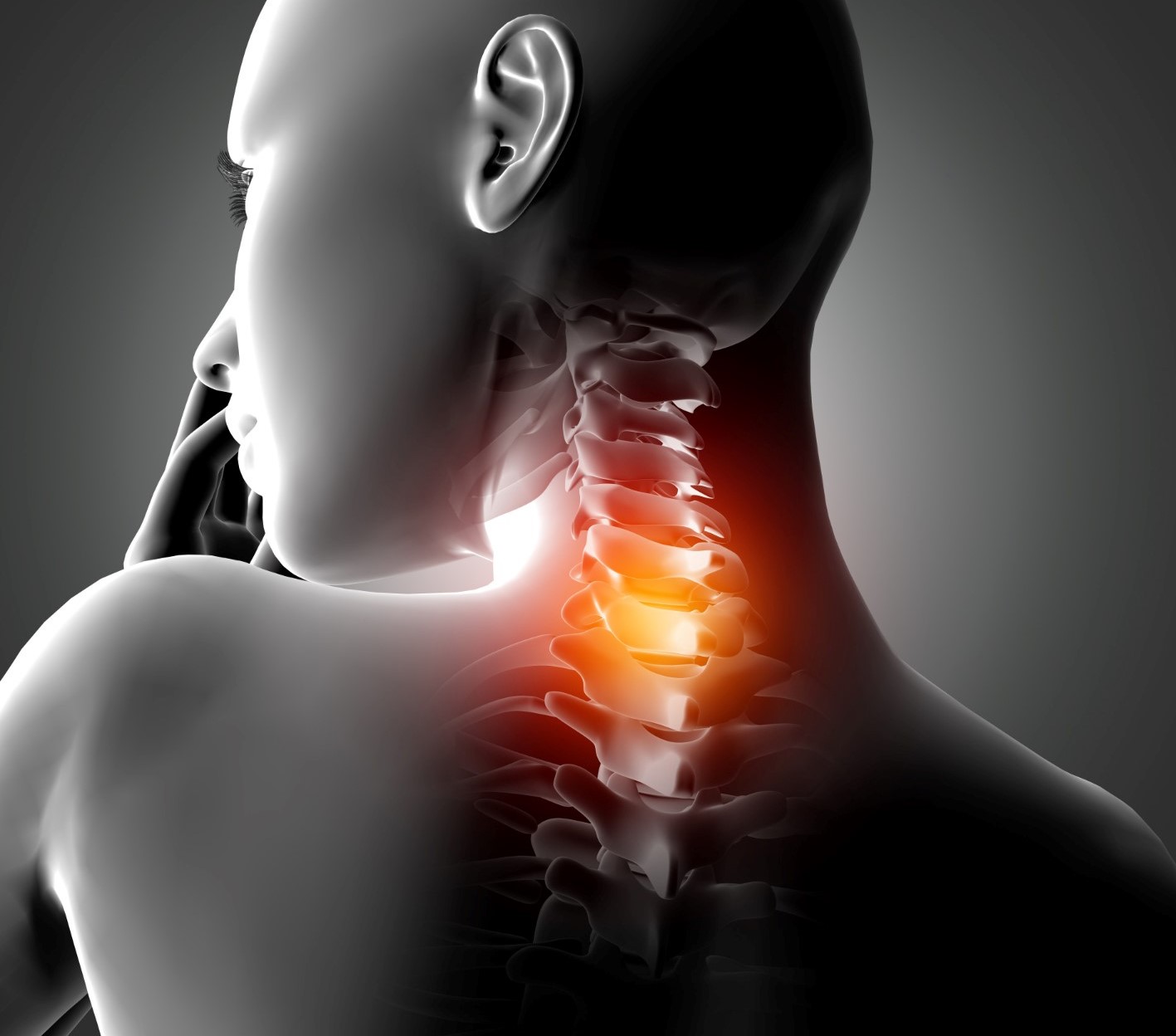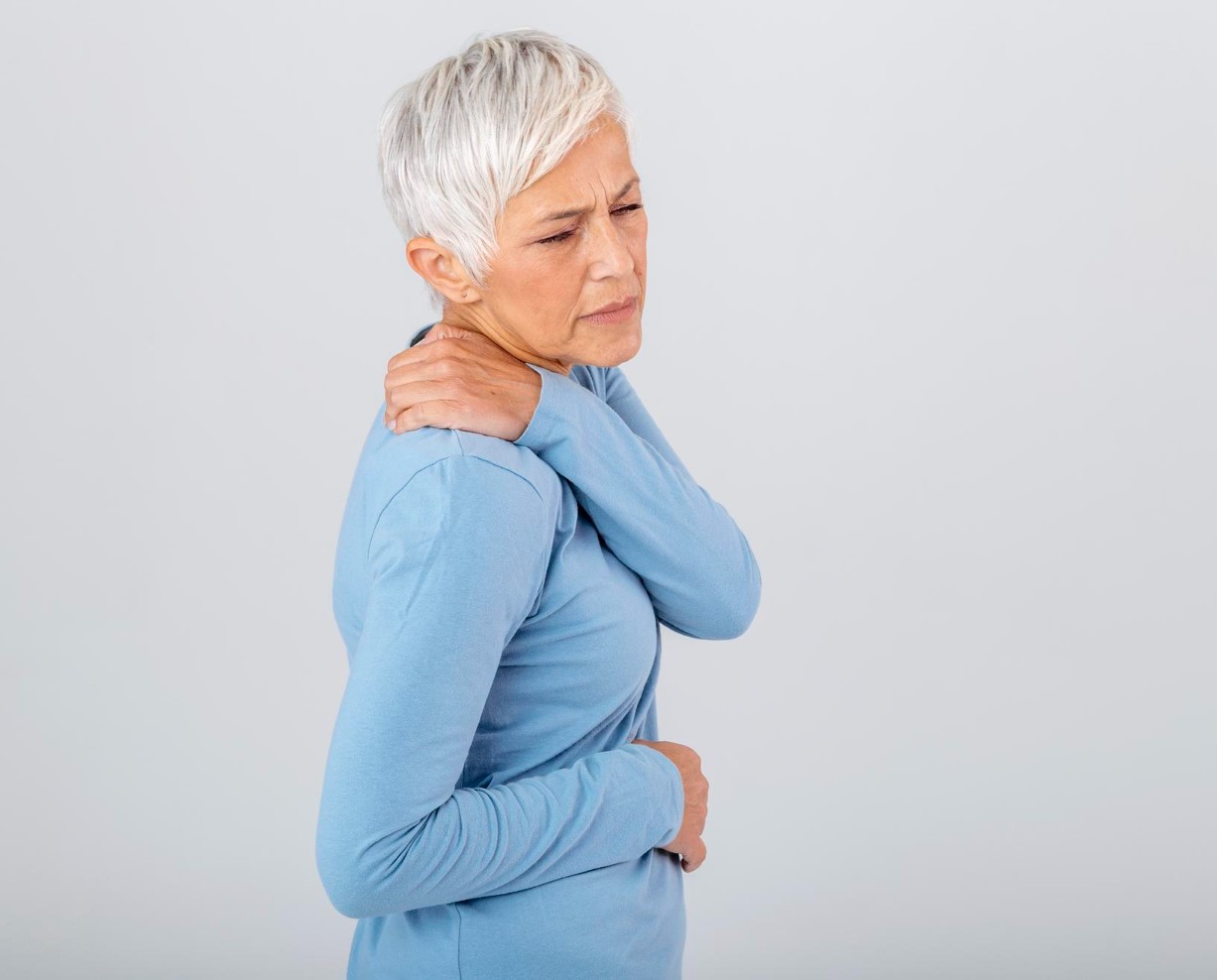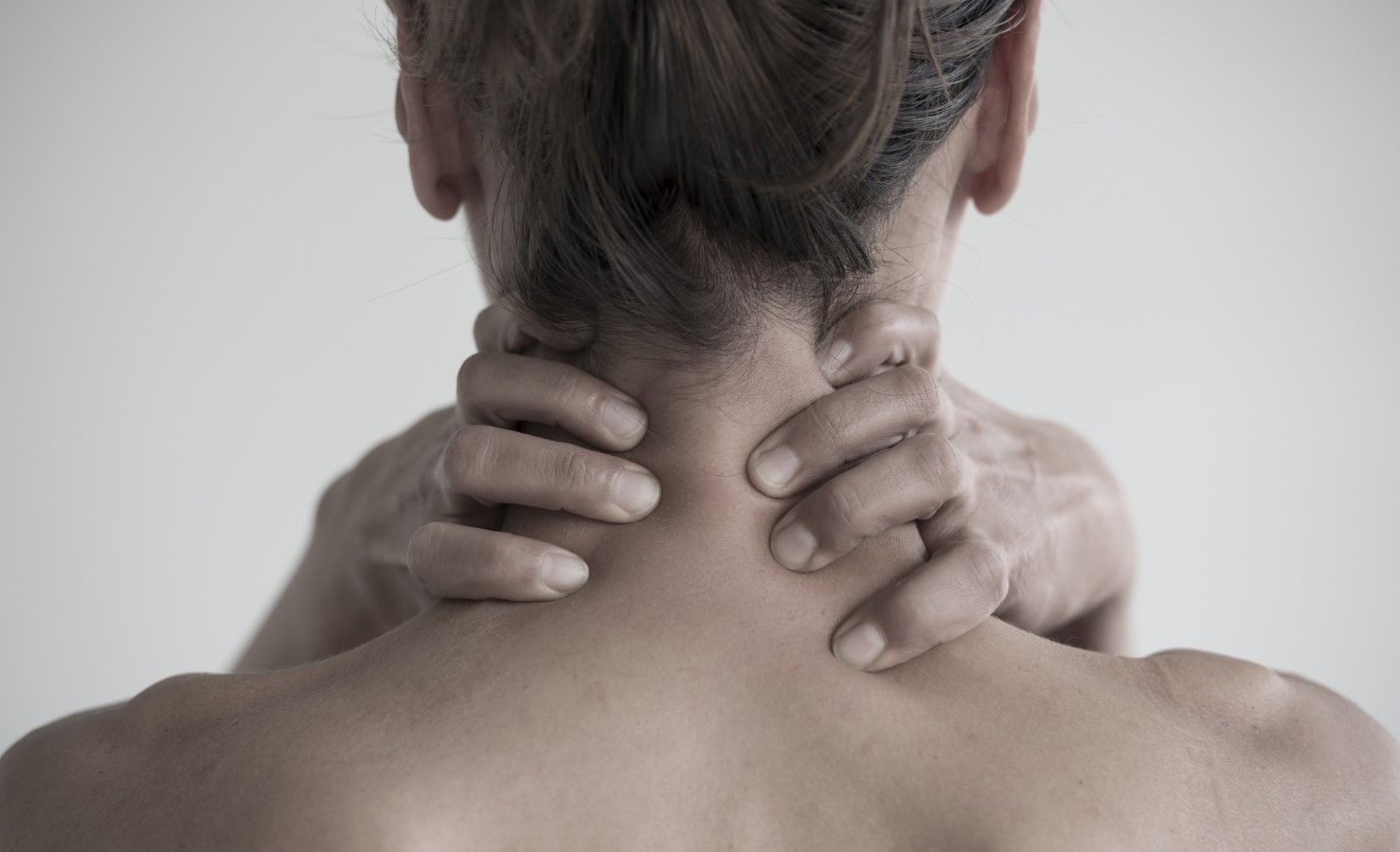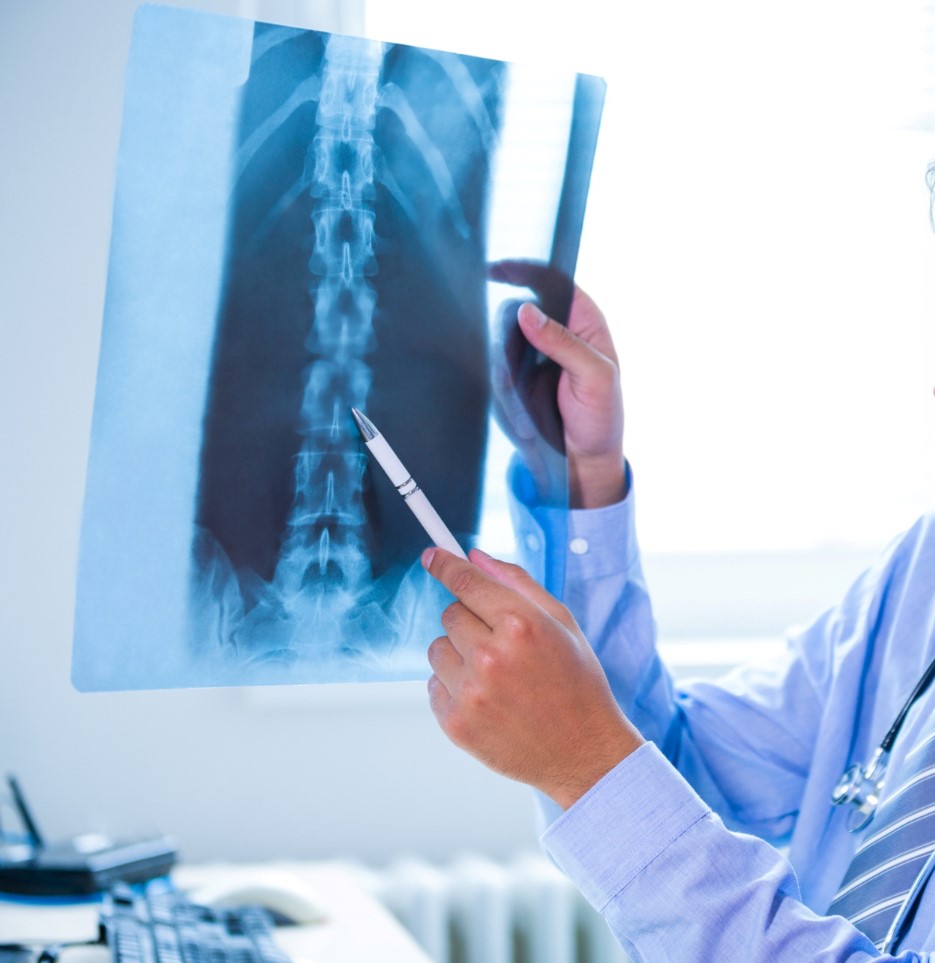Cervical Degeneration
In Singapore

Dr Chiam Tut Fu

MBBS (Singapore)
MSS (Sports Medicine) (USA)
MMed (OM) (Singapore)
GDOM (Singapore)
DWD (Singapore)

Brief Overview
Cervical Degeneration is a general term for age-related wear-and-tear affecting the spinal disks in the neck. As the disks dehydrate and shrink, signs of osteoarthritis start to develop, including bony projections along the edges of bones (bone spurs). Cervical Degeneration is very common and worsens with age. This can result in a narrowing of the space needed by the spinal cord and the nerve roots that pass through the spine to the rest of the body. Depending on the level of damage, symptoms can range from mild to severe.

Causes
- Age-related wear and tear: Over time, the cervical spine can degenerate. This is a natural part of aging and does not always cause symptoms. In some individuals, the degenerative changes can lead to neck pain and other symptoms.
- Previous neck injury: Any injury to the neck can accelerate the aging process. The neck is particularly vulnerable to injury, especially in falls, car accidents, and sports, where the muscles and ligaments of the neck are forced to move outside of their normal range.
- Genetic factors: If there is a family history of neck pain or cervical degeneration, you may be more likely to develop the condition. Some may have a genetic predisposition that makes them more susceptible to damage.

Symptoms
- Neck pain and stiffness: This may be the main symptom. The pain may get worse when you’re upright or moving your head and ease when you lie down. Some experience chronic pain.
- Numbness or weakness in arms, hands, or fingers: If the degenerated discs press on the spinal cord or nerve roots, you may develop numbness, tingling, or weakness in your arms, hands, or fingers.
- Difficulty with balance and coordination: Some may have trouble walking, difficulty with balance, or problems with fine motor skills such as buttoning a shirt or using a computer keyboard.
- Trouble with fine motor skills: This can include difficulty with writing, buttoning clothes, or picking up small items.
Types of Cervical Degeneration
-
Cervical Spondylosis
This is a general term for age-related wear and tear affecting the spinal disks in your neck. Over time, the disks dehydrate and shrink, causing bone spurs.
-
Cervical Osteoarthritis
The degeneration of the joints in the neck. This can cause pain and limit the range of movement in the neck.
-
Cervical Disc Disease
Occurs when one or more of the cushioning discs in the cervical spine starts to break down due to wear and tear.

Diagnosis
-
Medical history and physical examination
Your doctor will ask about your symptoms and conduct a physical examination. This will involve checking the movement of your neck and any loss of strength or sensation.
-
Imaging tests
These may include X-rays to identify bone spurs, MRI scans to view the spinal cord and identify herniated disks or tumours, and CT scans to provide detailed images of the neck.
-
Nerve function tests
An electromyogram (EMG) can evaluate the electrical activity of your nerves. A nerve conduction study measures how quickly and accurately your nerves can send electrical signals. These tests can help identify if nerve damage is causing your symptoms.
Minimally Invasive Treatments We Use To Treat
Cervical Degeneration
An injection that alleviates pain and inflammation associated with musculoskeletal conditions such as arthritis, bursitis, tendinitis and joint pain.
Targeted pain relief in the administered area and reduced inflammation.
Little to no recovery time. Patients may resume their normal activities promptly.
Works well in chronically injured tissues which may have very slow recovery
Anti-inflammatory and regenerative effects
Little or no downtime and patients can walk out after the 30 min procedure
Treats flare-ups of OA pain and swelling with fluid buildup in the knee
Reduces inflammation in the joint
Can quickly relieve these symptoms, usually within 1-3 days
Uses low-level light to stimulate healing. Does not cause your tissues to heat up. LLLT is used to treat various musculoskeletal conditions, reduce inflammation, and promote wound healing.
Painless, Quick, Effective, and No downtime. Patients can return to their normal activities immediately after an LLLT session.

Dr Chiam Tut Fu 
(詹达夫医生)
MBBS (Singapore)
MSS (Sports Medicine) (USA)
MMed (OM) (Singapore)
GDOM (Singapore)
DWD (Singapore)
Dr Chiam is a MOH accredited Specialist in Sports Medicine and has practised medicine for over 30 years.
Dr Chiam Tut Fu obtained his MBBS from National University of Singapore in 1990. He went on to obtain his Masters in Sports Science (Sports Medicine) from the United States Sports Academy, graduating as the year’s outstanding student, and Masters of Medicine (Occupational Medicine) from the National University of Singapore.
Key Interests:
- Non-surgical treatment of sports injuries
- Non-surgical treatment of degenerative conditions
- Nutraceuticals for healthy ageing and exercise performance
Need Advice On Your Condition?
Do you have an enquiry about your sports injury or body joint condition? Please leave us a message and we will be in touch with you shortly.
Mon to Fri: 9:00am – 1:00pm
2:00pm – 6:00pm
Sat: 9:00am – 1:00pm
Sun & PH: Closed
Singapore Paincare Center
Paragon Medical Centre, #18-03
290 Orchard Road, Singapore 238859
Partnered Programs & Insurance Plans
For Singaporeans, Singapore Permanent Residents and Foreigners.
Please speak to our friendly clinic staff about using your insurance plans.
Frequently Asked Questions
What are the risk factors for cervical degeneration?
Risk factors include age, previous neck injuries, occupational hazards (jobs that involve repetitive neck motions, awkward positioning or a lot of lifting), being overweight, and a sedentary lifestyle.
How is cervical degeneration different from other neck conditions?
Cervical degeneration specifically refers to age-related wear and tear affecting the spinal disks in the neck. It’s different from cervical radiculopathy, where a nerve root becomes inflamed or damaged.
Can cervical degeneration be prevented?
While age-related wear and tear can’t be completely prevented, certain lifestyle changes can slow the process and reduce the risk of developing symptoms. These include maintaining a healthy weight, regular exercise, and using good posture and ergonomics at work.
How does cervical degeneration affect daily life?
The impact of cervical degeneration on daily life can vary greatly depending on the severity of the condition. Some may experience minimal symptoms, while others may have chronic pain, difficulty with fine motor skills, and limitations in physical activity. It can also impact sleep and mental health due to chronic pain. With appropriate treatment and management strategies, most people with cervical degeneration can lead active and fulfilling lives.